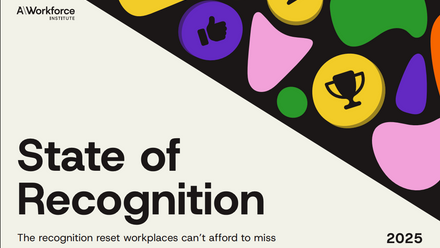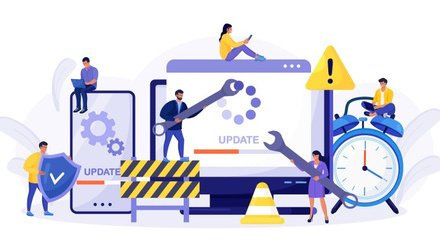The do's and don'ts of employee engagement and technology

Do...
1) Get the strategy right
Before you even think about investing in technology, decide on your strategy. Define your objectives and identify what success looks like. Get key stakeholders involved and understand how the objectives for your benefits strategy interlink with wider business-level goals. Having those plans in place will ultimately lead to a better technology solution.
2) Build a roadmap
Break the approach down into one, three and five-year plans, and understand what you can acquire and implement in each of those timeframes. Be aware, however, that technology changes continuously and often radically, so what works today may not be fit for purpose in five years time.
While that might sound daunting, the good news is that corporate technology including benefits platforms evolves more slowly than consumer products. Working to a five-year plan is therefore a sensible timeframe. However, employees' expectations will also evolve over time as they use changing consumer technology.
3) Make the link between technology and engagement
Everyone talks about engagement, but gaining a true understanding of what it means to a company - and crucially how to measure it - is not always straightforward. Using a benchmarking tool that can give you a clear measure of how engagement links to productivity and company profitability not only quantifies success, it can also be a starting point for gauging improvements over time.
4) Get the right management information (MI)
How will you know when engagement has improved? MI can drive this, but only if the right information is available to the right people, and in real time. Consider what MI your benefits technology will give you in terms of usable, relevant data, and look for rich MI when choosing solutions. It should be able to show you how engagement patterns have changed over the start, middle and end of a five-year implementation cycle and therefore demonstrate whether or not the technology is delivering the right results.
5) Check back on progress
Use the MI that you are collecting to continually review whether you are on course to meet your objectives. While you might have one, three or five year checkpoints in place for formal reviews, that's not the point at which to find out that something isn't working, or to capitalise on positive trends.
Don't...
1) Get technology just because others have it
Make sure that it's right for your workforce. That could mean making sure groups within your workforce who don't use technology to do their everyday jobs are not excluded, or understanding how you can support them in engaging in different ways. There are now more personal technology options than ever - such as smartphones - that can enable staff to engage with their benefits outside the workplace, but this must still be managed effectively throughout the workforce. Whatever the structure of your workforce, understanding their needs and being able to measure how well technology is meeting them is vital.
2) Assume that technology will solve all of your engagement challenges
Simply investing in technology is not the end of the process. Innovative communications that convey the right messages are also essential, as is good underlying benefits design that resonates with employees' lifestyles.
3) Think that technology is futureproof
It's vital to benchmark the performance of technology, both now and in the future, so that you don't get left behind. Make sure that it is still able to meet new challenges and changing consumer experiences. As a business evolves this may also bring new challenges for technology. For example, overseas expansion may mean a new approach to benefits and engagement.
4) Take a one-size-fits-all approach to engagement
Work out what engagement means for your organisation in particular, and how you will measure it. While take-up of benefits or number of visits to a website can be useful basics, they don't tell you much about whether employees are really engaging with what's on offer. Benchmarking and then measuring behaviours such as whether staff are selecting appropriate benefits, or examples of advocacy - where staff recommend benefits to others - could be more beneficial. These are likely to be unique to your organisation.
5) Rest on your laurels
"Launch and run" just doesn't work. Data shows that engagement drops when innovation plateaus. That means creating plans to ensure employees remain engaged over time. Use iterative design techniques and continually critique what is working and what isn't - nothing is perfect, and that means continuous development. Learn the lessons from those critiques, and apply them to future design.
Jeff Fox is principal at Aon Employee Benefits.
This article was provided by Aon Employee Benefits.







